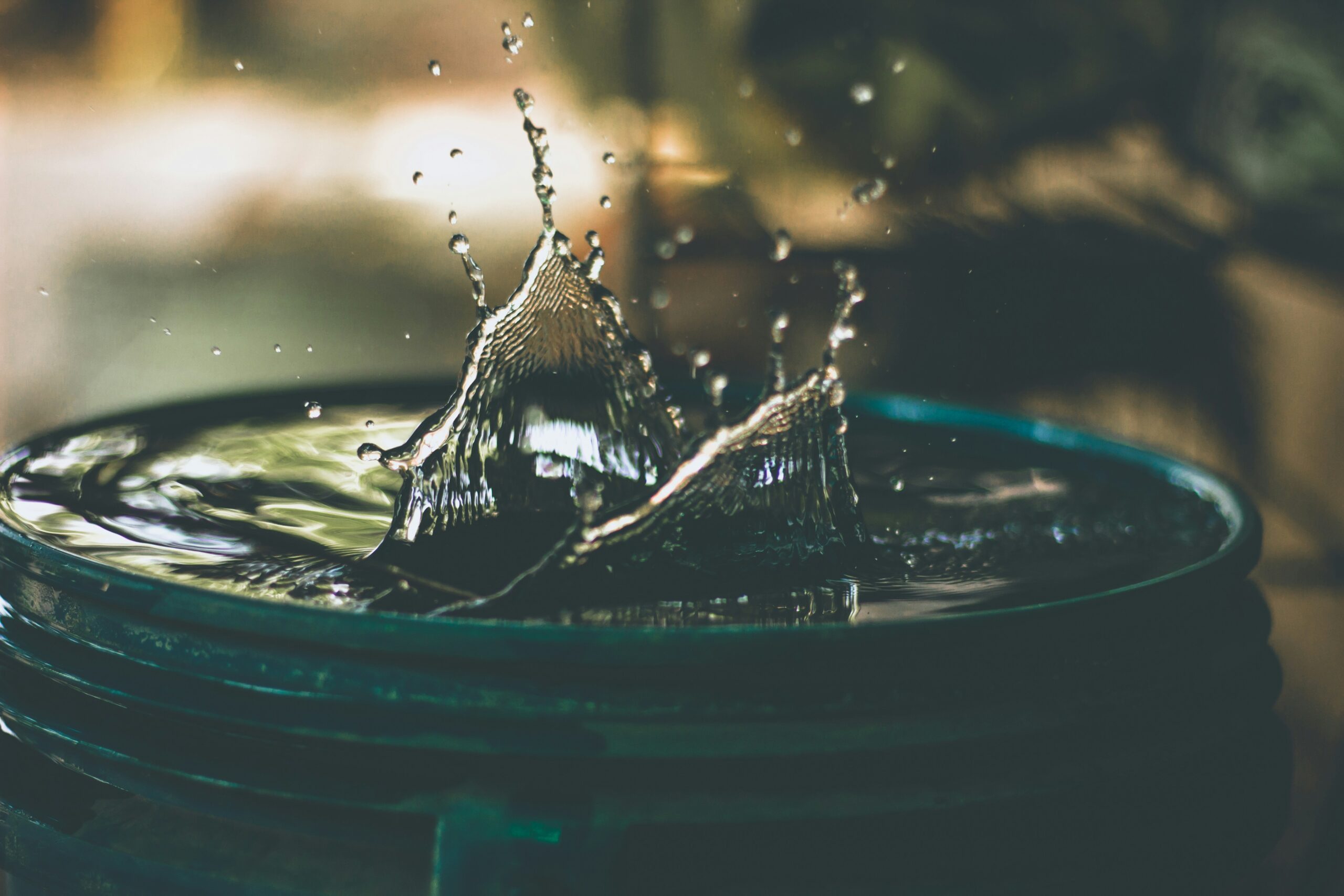Introduction
Water conservation is becoming increasingly important as the world faces water scarcity and environmental challenges. To address this issue, innovative user interface (UI) and user experience (UX) designs are being developed to encourage smart water management. These interfaces aim to provide users with intuitive tools and information to help them monitor and control their water usage effectively.
The Importance of Water Conservation
Water is a finite resource, and its conservation is crucial for the sustainability of our planet. By reducing water wastage, we can preserve this precious resource for future generations. Additionally, water conservation helps to mitigate the impact of droughts, protect ecosystems, and reduce energy consumption associated with water treatment and distribution.
Smart Water Management Interfaces
Smart water management interfaces leverage technology to empower users to make informed decisions about their water usage. These interfaces are designed to be user-friendly, visually appealing, and accessible across various devices.
Real-Time Water Usage Monitoring
One of the key features of smart water management interfaces is real-time water usage monitoring. Users can track their water consumption on a daily, weekly, or monthly basis. This information is presented in a visually engaging manner, such as graphs or charts, allowing users to easily understand their water usage patterns and identify areas where they can reduce consumption.
Smart Water Meter Integration
Integrating smart water meters with the UI/UX interfaces enables users to monitor their water usage in real-time. These meters provide accurate data on water consumption, allowing users to identify leaks or abnormal usage patterns promptly. The UI/UX designs present this data in a user-friendly format, making it easy for users to take appropriate actions to conserve water.
Personalized Water Saving Tips
UI/UX interfaces for smart water management can provide personalized water saving tips based on the user’s consumption patterns. By analyzing the data collected from the smart water meters, the interface can offer tailored recommendations on how to reduce water usage. These tips can range from simple behavioral changes to more significant upgrades, such as installing water-efficient fixtures.
Smart Irrigation Control
Efficient irrigation is crucial for water conservation in agriculture and landscaping. UI/UX interfaces can integrate with smart irrigation systems to optimize water usage. Users can remotely control their irrigation systems, set schedules, and adjust watering levels based on weather conditions. This ensures that water is used efficiently, minimizing waste and reducing the overall environmental impact.
Challenges and Considerations
While UI/UX innovations for smart water management offer great potential, there are challenges and considerations that need to be addressed:
Accessibility and Inclusivity
It is essential to ensure that these interfaces are accessible to all users, regardless of their abilities. Designers must consider factors such as color contrast, font size, and screen reader compatibility to make the interfaces inclusive.
Data Privacy and Security
As these interfaces collect and analyze personal water usage data, it is crucial to prioritize data privacy and security. Robust encryption and authentication measures should be implemented to protect users’ sensitive information.
User Education and Engagement
To maximize the effectiveness of these interfaces, user education and engagement are key. Clear instructions, tutorials, and ongoing support should be provided to help users understand the interface’s features and benefits.
Conclusion
UI/UX innovations for smart water management interfaces have the potential to revolutionize how we conserve and manage water resources. By providing users with real-time monitoring, personalized tips, and control over their water usage, these interfaces empower individuals to make a significant impact on water conservation efforts. However, it is crucial to address challenges such as accessibility, data privacy, and user education to ensure the widespread adoption and effectiveness of these interfaces.
With continued advancements in technology and a collective effort towards sustainable water management, we can create a future where water conservation becomes a natural part of our daily lives.


Leave a Reply